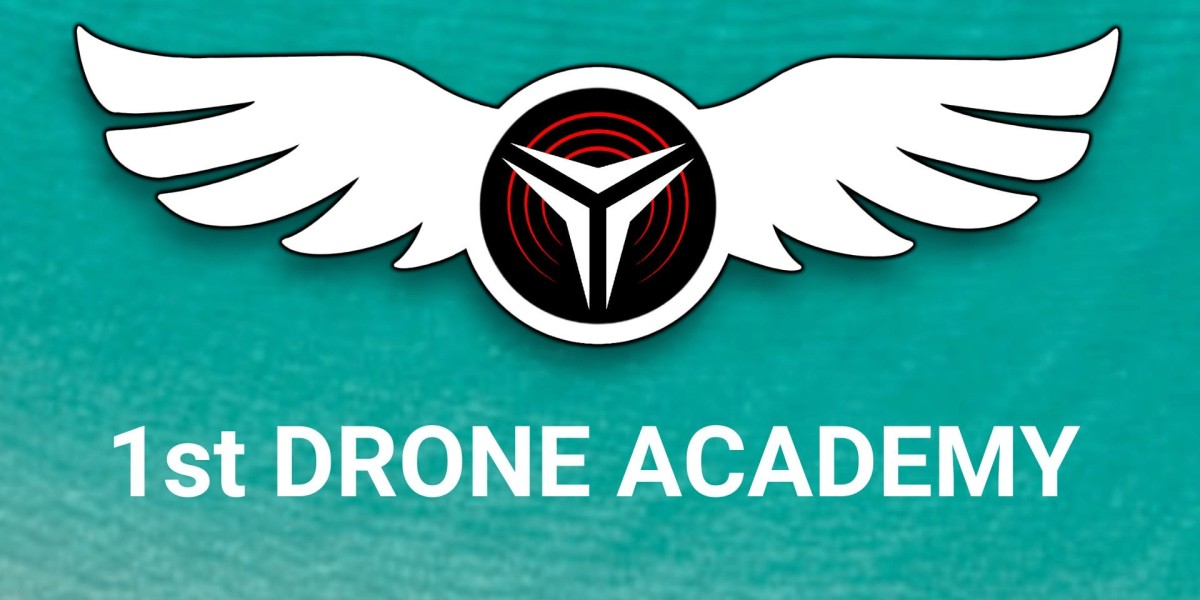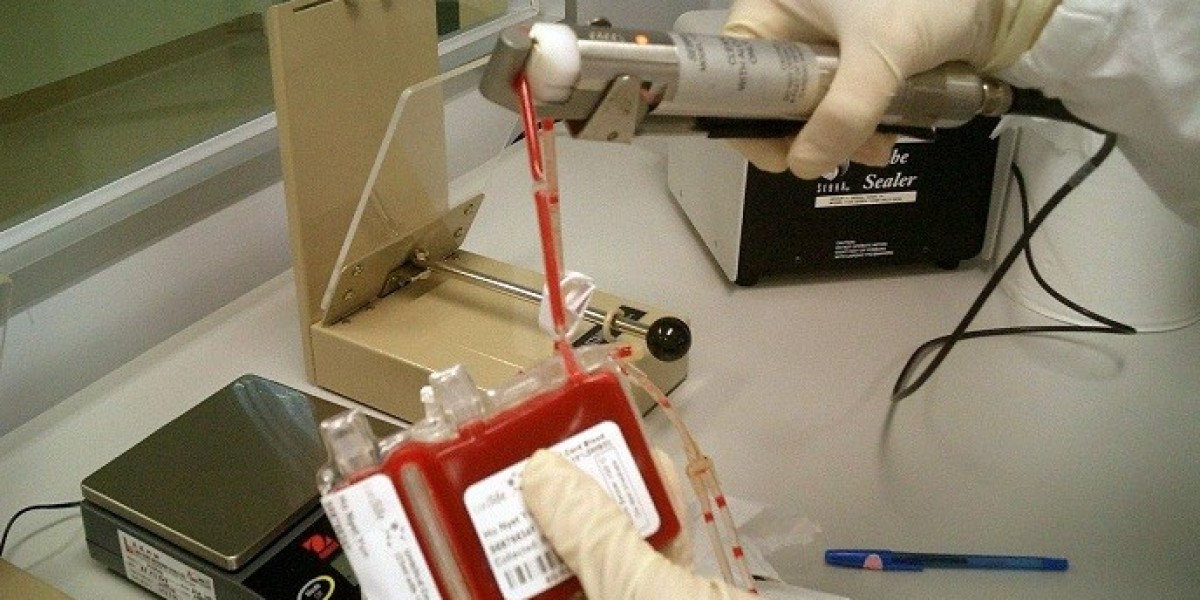In the world of photography, there's a saying that goes, "The best camera is the one that's with you." With the advent of drone technology, this saying has taken on a new dimension—now, the best camera is the one that can capture breathtaking moments from above. Drones have revolutionized the way photographers approach their craft, offering unique angles, stunning perspectives, and limitless creative possibilities. If you're eager to elevate your photography game by taking to the skies,
This blog post will guide you through the process of drone photography, helping you drone like a pro.
1. Understanding the Art of Drone Photography
Drone photography is a fusion of traditional photography skills and the excitement of piloting an aircraft. Before you embark on your aerial photography journey, it's important to understand the basics:
- Mastering Flight: Familiarize yourself with the controls and flight modes of your drone. This will give you the freedom to position your drone precisely for the perfect shot.
- Camera Settings: Just like with traditional photography, understanding camera settings such as ISO, shutter speed, aperture, and white balance is essential for achieving the desired effects.
- Composition: Apply compositional techniques such as the rule of thirds, leading lines, and symmetry to create visually striking images.
2. Preparation and Planning
Aerial photography demands thoughtful preparation and meticulous planning:
- Scouting Locations: Research and identify potential photography locations from above. Consider factors such as scenery, lighting conditions, and accessibility.
- Check Weather Conditions: Keep an eye on weather forecasts to ensure safe and favorable conditions for flying and photography.
- Battery Management: Calculate flight time and bring extra batteries to avoid cutting your photography session short.
3. Golden Hour Magic from Above
The golden hour—the period shortly after sunrise or before sunset—is a photographer's dream. When combined with aerial photography, it becomes pure magic:
- Soft Lighting: The golden hour offers soft, warm lighting that bathes landscapes in a gentle glow, adding depth and dimension to your shots.
- Long Shadows: Shadows cast during the golden hour create interesting patterns and textures, enhancing the overall composition of your images.
4. Composition from the Sky
Aerial photography allows you to break free from conventional angles and explore unique compositions:
- Leading Lines: Use roads, rivers, and other prominent features as leading lines that draw the viewer's eye into the frame.
- Symmetry and Patterns: Capture symmetrical landscapes or patterns that become even more striking when viewed from above.
- Foreground and Background: Incorporate foreground elements to add depth and context to your images.
5. Creating Dynamic Visuals
Drone photography offers endless opportunities for capturing dynamic and awe-inspiring visuals:
- Bird's-Eye View: Embrace the bird's-eye perspective to capture scenes that are impossible to achieve from the ground.
- Vertical and Horizontal Angles: Experiment with shooting vertically and horizontally to capture the grandeur of landscapes or the details of structures.
- Changing Altitudes: Vary your drone's altitude to capture shots with varying amounts of detail and context.
6. Capturing Motion and Movement
Aerial photography can emphasize motion and movement in compelling ways:
- Panning Shots: Experiment with panning to capture motion in subjects like vehicles or athletes, creating a sense of speed and energy.
- Water Reflections: Capture reflections on calm bodies of water to add an extra layer of visual interest to your images.
- Dynamic Compositions: Play with dynamic compositions by positioning your drone to capture moving subjects against static backgrounds.
7. Post-Processing and Enhancement
Post-processing is the final touch that can elevate your drone photos to a whole new level:
- Color Correction: Adjust colors, contrast, and saturation to enhance the overall mood and atmosphere of your images.
- HDR and Panorama: Combine multiple shots into HDR images for improved dynamic range, or stitch images together to create panoramic vistas.
- Cropping and Framing: Fine-tune your compositions through cropping and framing to emphasize specific details or remove distractions.
8. Continuous Learning and Innovation
The world of drone photography is ever-evolving, so continuous learning and innovation are essential:
- Online Communities: Join drone photography communities to share your work, learn from others, and stay updated on the latest trends.
- Experimentation: Don't be afraid to experiment with new techniques, angles, and editing styles to develop your unique visual language.
Conclusion
Drone photography is an art form that allows you to capture the world from perspectives previously reserved for birds. By mastering the fusion of flying skills, photography techniques, and creative vision, you can unlock breathtaking moments from above that resonate with viewers on a profound level. Embrace the excitement of flight, embrace the magic of the golden hour, and let your camera soar through the skies to capture images that tell stories from an entirely new angle.








